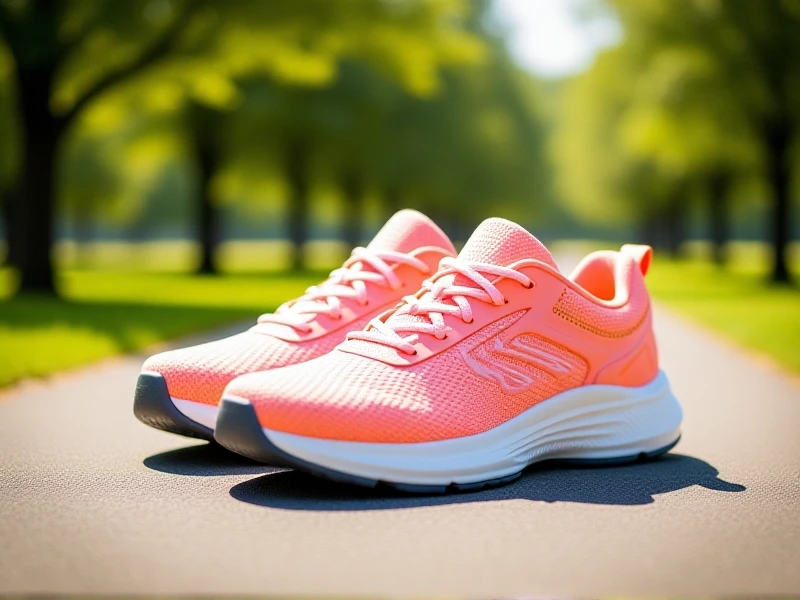
Your Guide to Choosing the Perfect Running Shoes
Running shoes are essential for anyone who hits the trail or treadmill regularly. Not only do they keep your feet protected and comfortable, but top-quality footwear can also enhance your performance and prevent common injuries like shin splints and plantar fasciitis. I've been a dedicated runner for years, and finding the right pair has made all the difference in my personal journey. Whether you're a beginner or a seasoned athlete, understanding the basics of running shoes will transform your workouts.
Firstly, consider the different types of running shoes available. Neutral shoes are ideal for runners with a natural gait, offering balanced support and cushioning. For those prone to overpronation (feet rolling inward), stability or motion control shoes provide extra reinforcement. Lightweight minimalist options cater to speed enthusiasts, while maximalist designs focus on ultimate cushioning for long-distance runs. When selecting runners, focus on fit – your shoes should feel snug but not tight, with about a thumb's width of space in the toe box to prevent blisters and improve breathability. Brand-wise, Nike's Pegasus series is a crowd favorite for versatility, while Brooks Ghost models excel in comfort and durability. New Balance offers wide-fitting options for greater inclusivity. Remember to replace your running shoes every 300-500 miles to maintain peak functionality and avoid wear-related issues.
Ultimately, investing in reliable running shoes supports not just better times and less fatigue but also long-term joint health. Start by analyzing your running style – maybe visit our site for a gait analysis tool – to select your perfect pair effortlessly. Ready to upgrade? Explore our latest reviews and deals to step up your run game today!